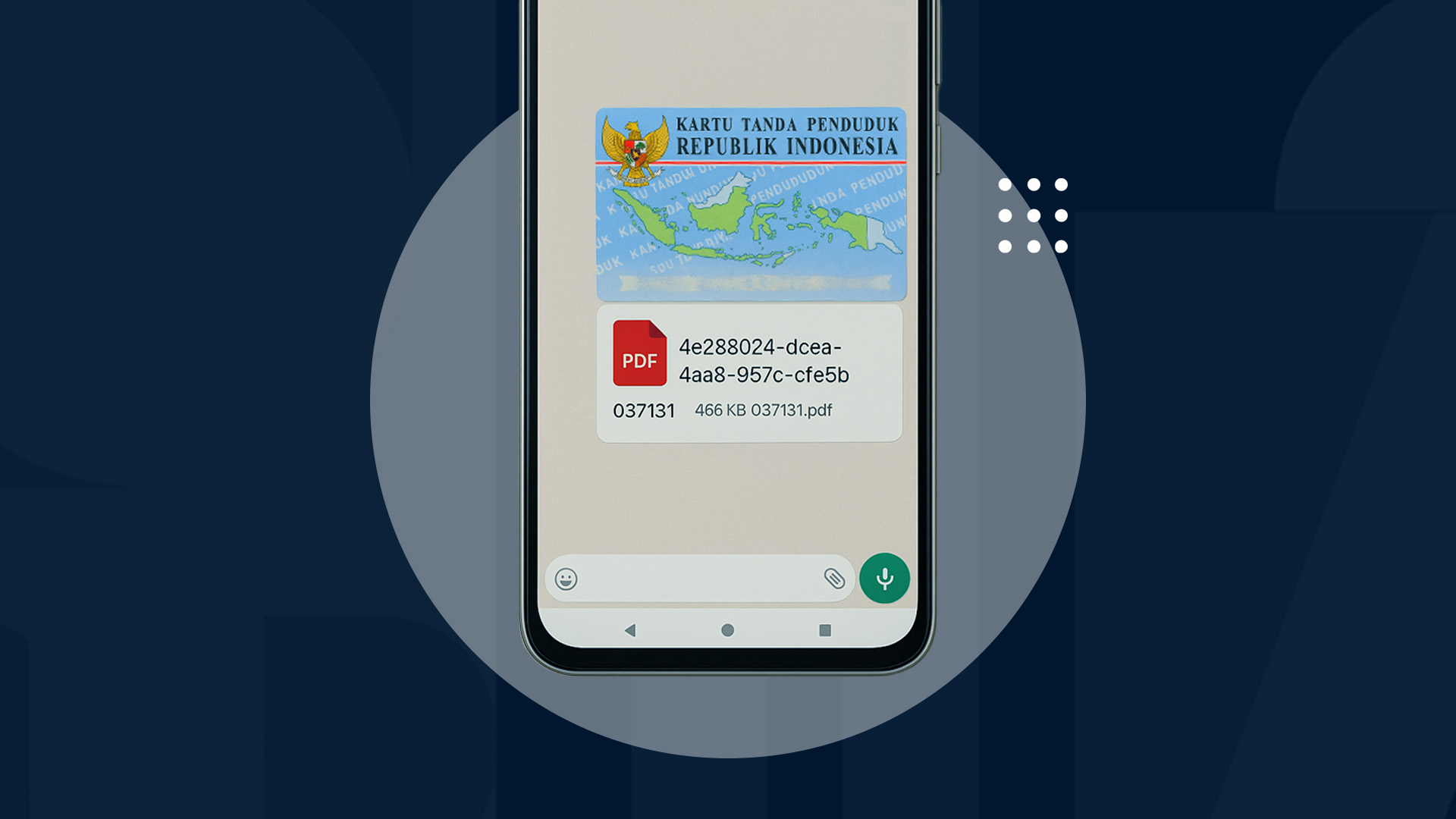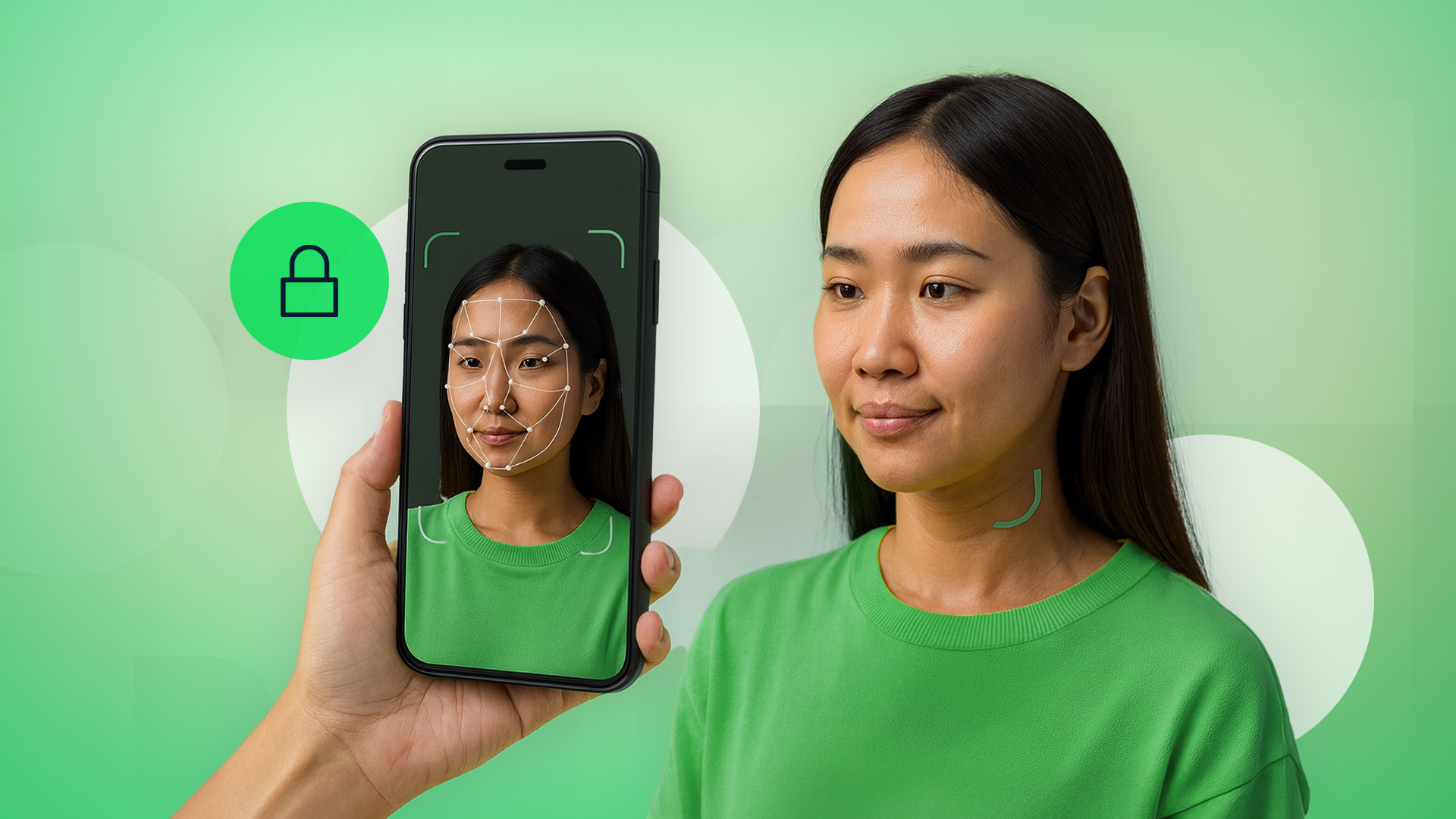Electronic Signatures or Digital signatures are increasingly popular and serve as an efficient solution for various document processes and electronic transactions. For those who are new, e-signatures are legally equivalent to handwritten signatures. Until now, we might have thought that e-signatures are simply signatures that can be created and added to PDF documents. While that's not entirely wrong, such signatures are less secure for important documents because they are vulnerable to forgery. Legitimate and certified e-signatures are only issued by Certified Authority or Penyelenggara Sertifikat Elektronik (PSrE) is organizations under the supervision of the Ministry of Communication and Informatics.
Let's explore 5 things you should know about Electronic Signatures!
1. Types of Electronic Signatures
Electronic Signatures have two types: Certified Electronic Signatures and Uncertified Electronic Signatures. Certified Electronic Signatures are also known as digital signatures. So, what's the difference between these two types of signatures?
Certified Electronic Signatures (Digital Signatures) and Uncertified Electronic Signatures both comply with the provisions of the ITE Law No. 11 of 2008. The difference lies in that Certified Electronic Signatures (Digital Signatures) contain an Digital Certificate, making their security level higher, while Uncertified Electronic Signatures do not contain Digital Certificate.
Furthermore, Certified Electronic Signatures (Digital Signatures) can only be issued by Certificate Authority (CA), with seven institutions operating in Indonesia, one of which is VIDA. On the other hand, Uncertified Electronic Signatures can be created by anyone.
Both types of signatures can be used depending on your needs. Certified Electronic Signatures (Digital Signatures) are used for important documents such as contracts or high-value agreements, while Uncertified Electronic Signatures are suitable for documents that do not require high security.
2. Digital Signature Requires ID VerificationTo give legal strength to Electronic Signatures equivalent to handwritten signatures, an ID card (KTP) is required. Users must upload their ID card and undergo biometric verification when registering. Subsequently, users will obtain an Electronic Certificate. This certificate has a configuration that can be linked to personal data that has been verified during registration.
Before signing any document, users must authenticate themselves to ensure that the signer is the same person who registered. This ensures the authenticity and legal strength of the digital signature created using VIDA.
3. Understanding PSrE and Electronic CertificatesCertified Authority (CA) or Penyelenggara Sertifikat Elektronik (PSrE) is institution directly managed by the Directorate of Information Technology Application Governance, Ministry of Communication and Informatics. CA are responsible for digitalizing signatures while protecting online transactions from data forgery.
CAs are authorized to issue Digital Certificate for each user. As discussed earlier, Digital Certificates have configurations linked to verified personal data. Therefore, documents signed digitally through CA applications automatically have Digital Certificates to guarantee their authenticity. This is what gives digital signatures legal strength, makes them less prone to forgery, and allows for the verification of their authenticity.
4. Checking the Authenticity of Electronic SignaturesHow do you determine whether a document has a certified digital signature or not? There are 3 methods:
Verification on the Kominfo website
- Visit the tte.kominfo.go.id/verifyPDF website
- Click on the "Upload PDF Document" menu and upload the document to be verified
- Wait for the verification process to succeed. If successful, Digital Certificate will appear. This means that the signature on the document is certified.
- Verification on Adobe Reader
- Open Adobe Reader and open the digitally signed document
- Click on the signature on the document, then select Signatures Properties
- Information about the digital signature will appear, indicating that the digital signature is certified.
Verification on Microsoft Word
- Open the document in Microsoft Word
- Select the "Insert" menu and choose the "Picture" feature
- Select the document or image of the digital signature on your device
- Right-click on the cursor on the digital signature
- Select the "Verify Signature" menu
- Microsoft Word will verify the authenticity of the digital signature. Subsequently, a message of Valid or Invalid will appear. If Valid, the signature is certified. If Invalid, the digital signature is not certified.
5. Digital Signatures Don't Have to Look Like Signatures
It turns out that digital signatures don't have to resemble manual signatures exactly. In the VIDA application, users can choose the form of their signature: creating a manual signature to resemble a handwritten signature, selecting from existing signature templates, or uploading a photo of a previously made signature. All three are valid as long as they contain an Digital Certificate.
Using digital signatures offers many conveniences and efficiencies in various transactions. VIDA operates under the supervision of the Ministry of Communication and Informatics and always complies with applicable legal requirements.
Download VIDA now and experience the convenience of signing anytime, anywhere!

.png)


